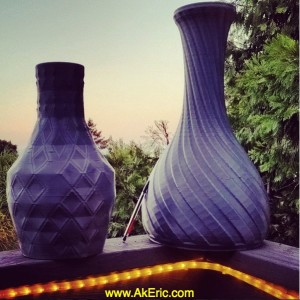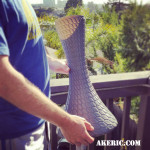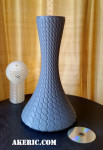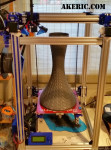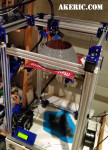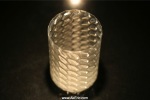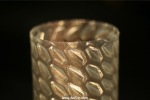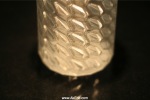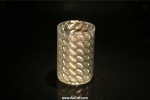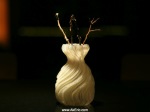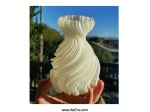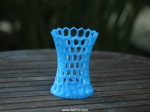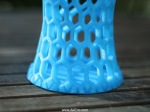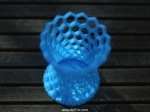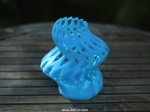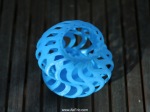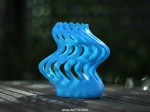New 3d prints: More big vases on the c-bot
As I continue to calibrate the c-bot, I continue to crank out vases. The big one below is just about 21″ high, took around 4.5 hours. The smaller one took around 3 hours. Each have one shell, printed in “vase mode” in Simplify 3d. They both have bases and also make good drums 
The smaller one definitely suffered from some gaps in the layers. Not sure what this has to do with yet: Questionable filament, filament not being cooled fast enough, not sure. But they currently look good next to my fire place 😉
You can download them from Thingiverse here.
